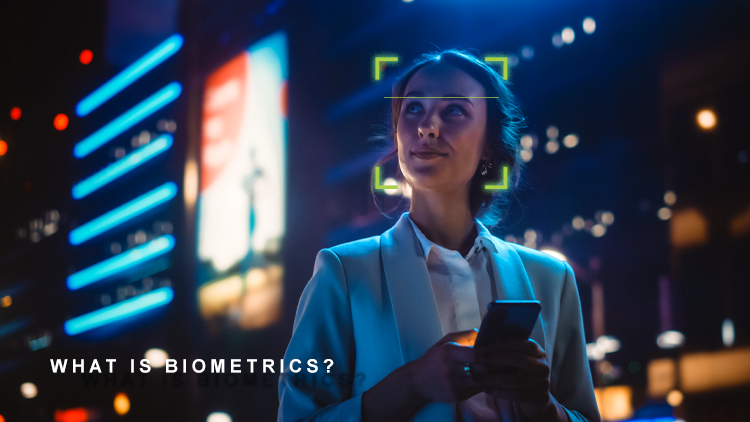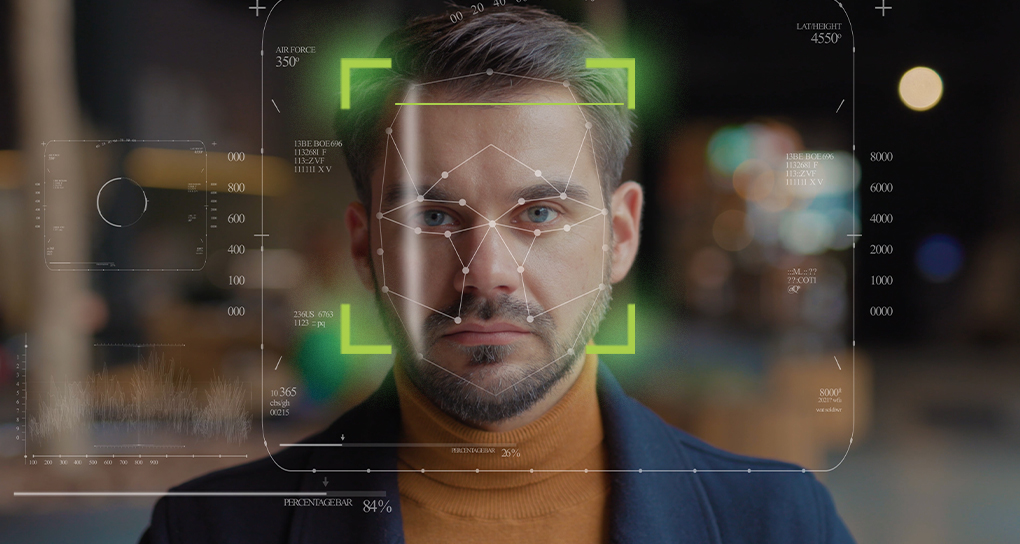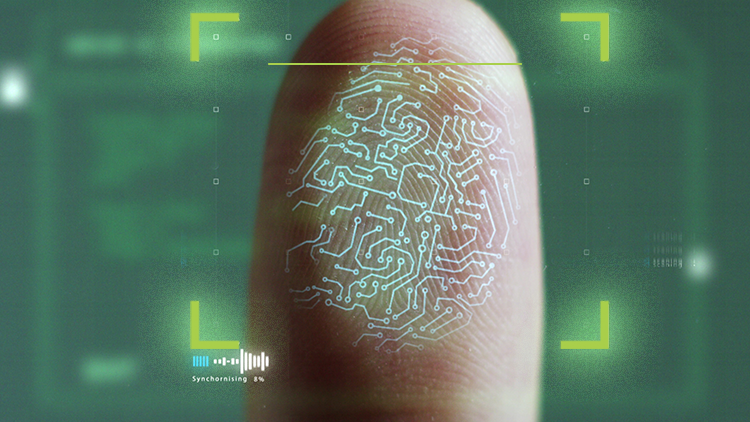
The Covid-19 pandemic, which swept the whole world in a very short time, made it necessary to minimize physical contact and even to reduce it to zero where possible. The global pandemic, which prevented us from even going out of the house for a long time, highlighted the need for acceleration in the development of digital applications so that technology can provide remote solutions to both residents of the quarantine: the service providers and millions of people. Perhaps the most important of the accelerated digital developments is the Digital Onboarding system. This system allows a membership account to be opened without even leaving the house or introducing the identity of the person to the service providers through digital identity. Thus, thanks to Digital Onboarding technology, people can easily prove their identities, and service providers can authenticate and benefit from various services provided online. Thanks to Digital Onboarding technology, which can be used in many critical sectors such as education and health, especially in the field of banking and finance, it is ensured that the right people benefit from the right services.
Digital Onboarding consists of very simple stages. The first of these starts with the person taking a photo of the front and back of the ID card. After the system has the credentials, the person is asked for a selfie photo. Following the selfie process, the bio barcode and the result report are created. Finally, the system brings together the customer representative and the customer via video chat when desired. The system can recognize fake IDs and fake selfie photos. Active and passive viability detection features are used against the use of misleading visuals such as photographs or videos during selfies. The Digital Onboarding system, which is a major obstacle against counterfeiting in this respect, also offers a high-security option with the Anti-Money Laundering (AML) system. It is safe to say that the system honors the saying "Modern problems require modern solutions"!
In Which Sectors is Digital Onboarding Used?
Thanks to its ease of use and efficiency, the Digital Onboarding system is actively used in sectors and fields such as banking and finance, insurance, travel, game, cryptocurrency, government, higher education, and health. The system, which is set up without the need for printed materials such as cards, documents, and contracts, allows customers to perform their transactions in a completely digital environment. During the transactions, which are carried out in a completely digital environment without going to the branch, all that is needed is a smartphone. Thanks to the versatile authentication method, passwords and SMS are no longer required. With a single selfie, people can be authenticated and logged into the system.
Digital Onboarding in Banking
The Digital Onboarding system has become quite common today during banking transactions. Thanks to the system where customers can easily open an account without going to the branch and using printed materials, both human health is protected and time is saved. Digital Onboarding technology, which has become widespread with the development of digital technologies, has become the dominant system during the opening of accounts and new membership transactions in the field of banking and finance.
In addition to easy and fast account opening for new customers, Digital Onboarding technology is of great importance in determining whether the person is the person he/she claims with its applications that prevent fraud with its versatile authentication, and live video call opportunity, KYC(Know Your Customer) and AML compatibility. In addition to these technologies where security is ensured, contracts can be signed with Digital Onboarding application thanks to digital signature technology working with special mathematical algorithms.
Digital Onboarding Solutions
Online accounts created in a short period through biometric authentication are protected by several standards. Digital Onboarding is implemented following BRSA(Banking Regulation and Supervision Agency) security standards and requirements. These standards determine which data should be stored and which data should not be kept. Thanks to these regulations, which ensure the protection of personal information and data, security is carried out meticulously.
You can also get information from our product page to have digital identity solutions that are compatible with Digital Onboarding BRSA security standards.








